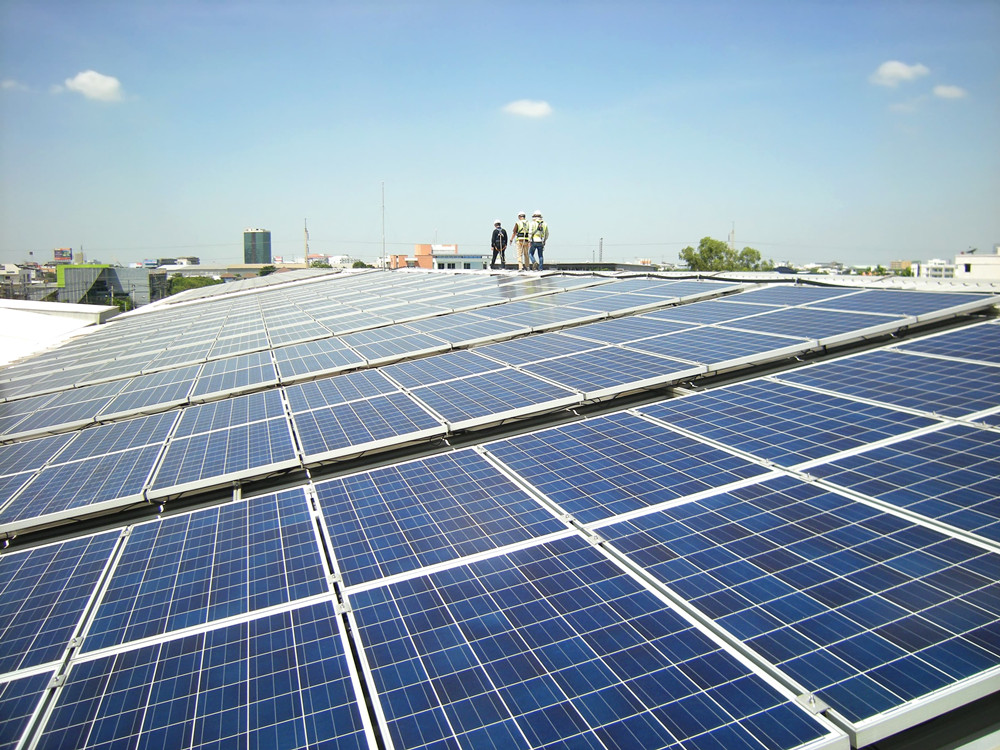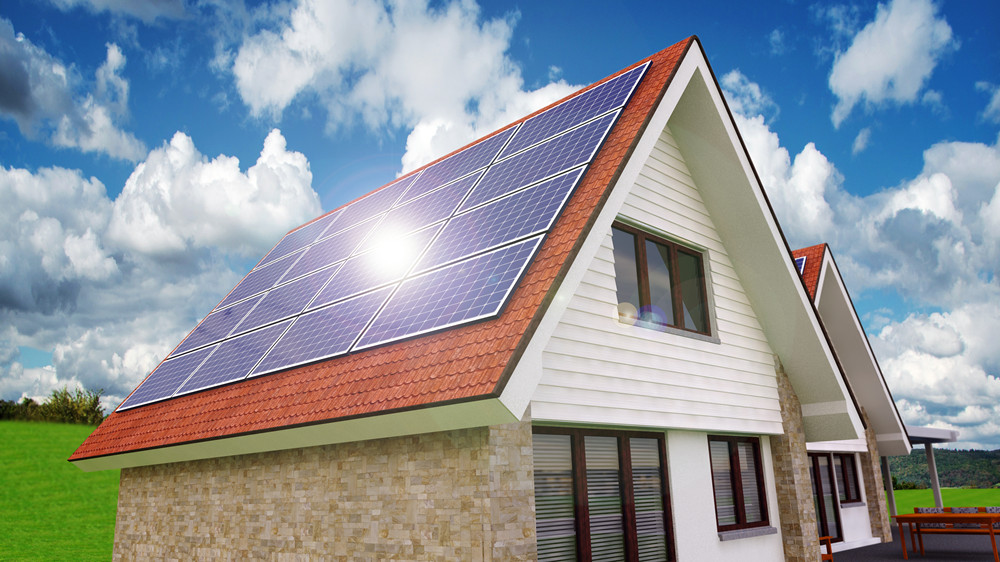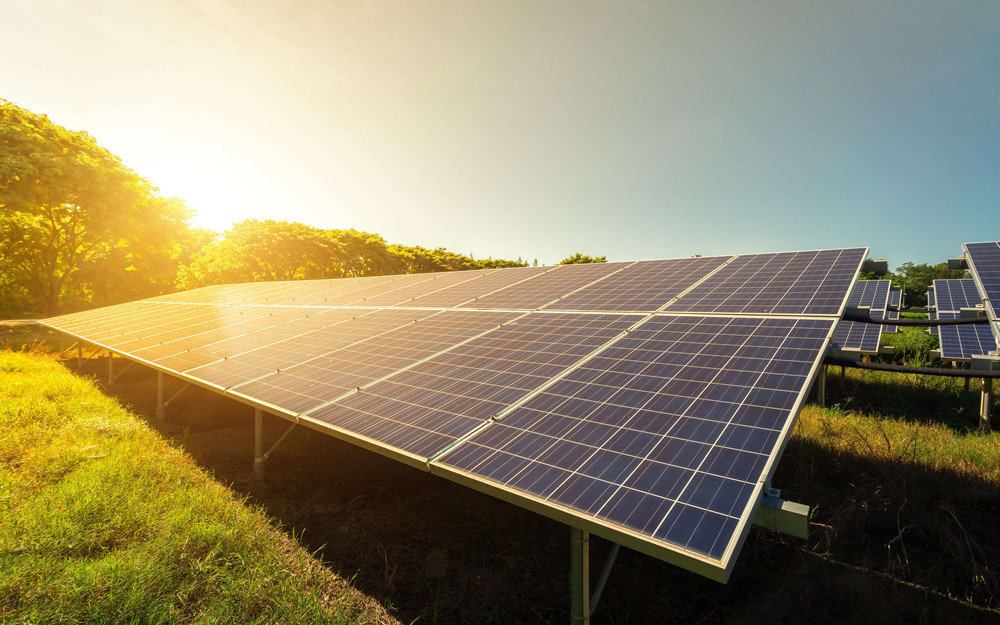>>> Hidden Project Complaints Many Experts Demystify Hydroelectric Reform Trap
If there is a dispute in the home improvement project, consumers often think of complaints. However, in some cases, complaints will not be accepted. For example, the decoration and decoration trade association clearly stipulates that complaints will not be accepted in the following circumstances:
1. Consumers and home improvement companies in private transactions caused by decoration disputes;
2. Providing no name or address of the claimed party;
3. Provide evidence that the homework installation contract and the rights have been infringed;
4. The price of the home decoration project, the parties have agreed in the contract, and the objection to the contract price to make a complaint;
5. Exceeds the warranty period agreed upon in the home improvement project, the respondent no longer bears the liability for breach of contract;
6. The complainant caused problems in the home improvement project because he did not comply with applicable regulations;
7. An agreement has been reached; there is no new situation or new reason;
8. Entrusting another person to complain and not issuing a power of attorney;
9. The quality of the existing disputes can not be tested, identified;
10. Courts, arbitration institutions, relevant administrative agencies or consumer associations have accepted or processed;
11. Does not comply with the laws, regulations, and rules of the relevant home improvement projects.
It can be seen from these regulations that consumers may be unable to successfully file complaints due to negligence or self-protection awareness during the selection of construction teams, signing of renovation contracts and renovations, and it is difficult to maintain their own rights and interests.
Renovation starts preparation of entrance decoration restaurant decoration home decoration decoration home decoration home decoration home decoration home decoration home
What Is A Solar Panel?
Solar energy begins with the sun. Solar panels (also known as "PV panels") are used to convert light from the sun, which is composed of particles of energy called "photons", into electricity that can be used to power electrical loads.
Solar panels can be used for a wide variety of applications including remote power systems for cabins, telecommunications equipment, remote sensing, and of course for the production of electricity by residential and commercial solar electric systems.
How Do Solar Panels Work?
Solar panels collect clean renewable energy in the form of sunlight and convert that light into electricity which can then be used to provide power for electrical loads. Solar panels are comprised of several individual solar cells which are themselves composed of layers of silicon, phosphorous (which provides the negative charge), and boron (which provides the positive charge). Solar panels absorb the photons and in doing so initiate an electric current. The resulting energy generated from photons striking the surface of the solar panel allows electrons to be knocked out of their atomic orbits and released into the electric field generated by the solar cells which then pull these free electrons into a directional current. This entire process is known as the Photovoltaic Effect. An average home has more than enough roof area for the necessary number of solar panels to produce enough solar electricrity to supply all of its power needs excess electricity generated goes onto the main power grid, paying off in electricity use at night.
In a well-balanced grid-connected configuration, a solar array generates power during the day that is then used in the home at night. Net metering programs allow solar generator owners to get paid if their system produces more power than what is needed in the home. In off-grid solar applications, a battery bank, charge controller, and in most cases, an inverter are necessary components. The solar array sends direct current (DC) electricity through the charge controller to the battery bank. The power is then drawn from the battery bank to the inverter, which converts the DC current into alternating current (AC) that can be used for non-DC appliances. Assisted by an inverter, solar panel arrays can be sized to meet the most demanding electrical load requirements. The AC current can be used to power loads in homes or commercial buildings, recreational vehicles and boats, remote cabins, cottages, or homes, remote traffic controls, telecommunications equipment, oil and gas flow monitoring, RTU, SCADA, and much more.



solar panels,solar energy,solar power,solar panel price,solar cell
Suzhou Keffran Parts Co.,ltd , https://www.keffran-elevatorsmart.com